Is there any difference in different treatments of Kenyan coffee? Introduction of tanning and washing in Kenya
Professional coffee knowledge exchange more coffee bean information please follow the coffee workshop (Wechat official account cafe_style)
Recently, we have bought a lot of beans, one of which is tanned Kenya (for more information, please see → Solar Kenya from the Osaia Cooperative). So today, the editor wants to compare the difference between this tanning Kenya and our washing Kenya!
Introduction of beans
Let's first give a rough introduction to these two beans.
[washing Kenya-Asali]
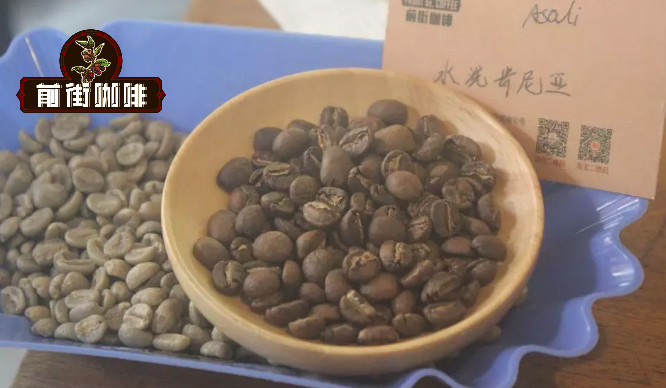
This bean is from an asali processing plant in Kenya's Sika region. Sika is a growing area in central Kenya, which has the highest altitude coffee growing area in the region, and Sika is a secondary area of this growing area, located at the foot of Aberdare Ridge, with red volcanic soil and rich in organic matter.
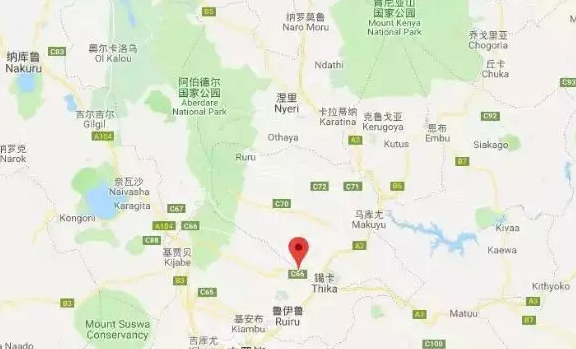
The treatment method is K72 washing treatment.
What is the K72 washing method?
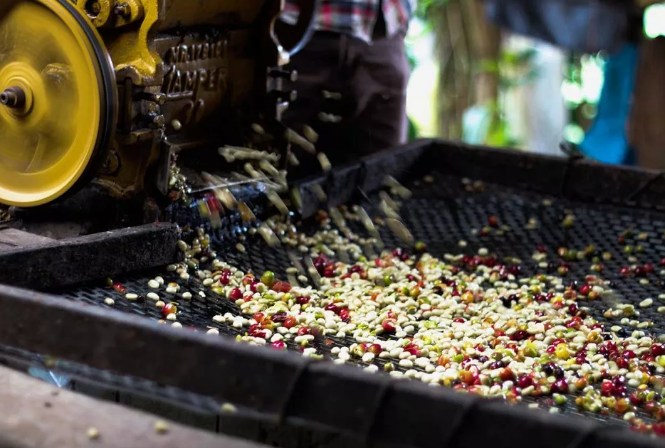
It is a cyclic repeated treatment method which is washed after harvest and fermentation. The best quality coffee cherries were selected on the harvest day, peeled and fermented for 24 hours, and then washed with clean river water 24 hours later. Then, it is fermented with clean river water for 24 hours, then washed, and repeated 3 times for 72 hours, so it is called Kenyan 72-hour fermentation water washing treatment, referred to as K72.
In this way, the coffee beans can be fermented for a long time at low temperature, and finally dried and dehydrated, so that the beans can have a brighter, cleaner and full flavor!
[basking in Kenya-Osaya]
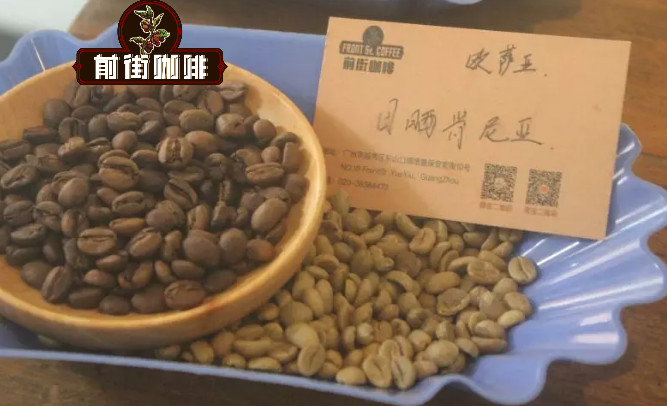
Most of the Kenyan coffee we drink is washed, so tanning Kenya is rare.
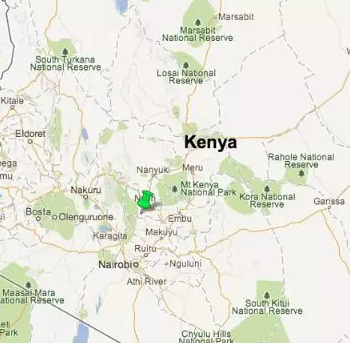
This tanning Kenya is a clear processing plant under the Osaya Cooperative from the Neri producing area, which is located to the west of the Kenyan Mountains in the central part of the country. The red soil here has given birth to a lot of good coffee in Kenya.
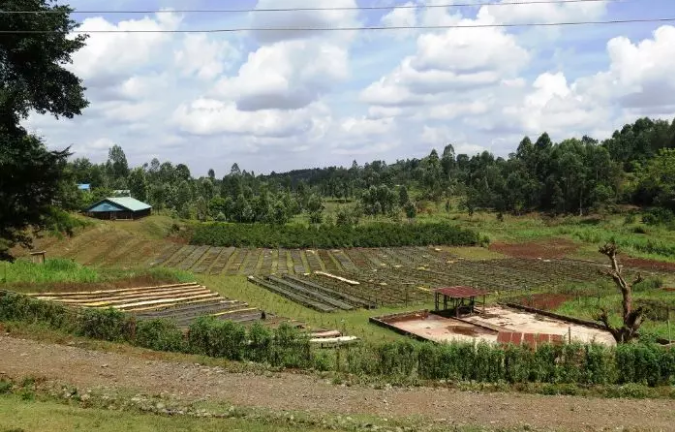
In terms of treatment, the exquisite sun treatment is used. Exquisite sunburn usually takes 4 weeks or more, depending on the weather and the flavor you want to show. Care must be taken when drying, not only to avoid excessive temperature, but also to avoid moldy beans or bad smell caused by excessive fermentation. This treatment can transform the original bright acidity of Kenyan coffee into rich and complex fruit acidity.
Raw bean comparison
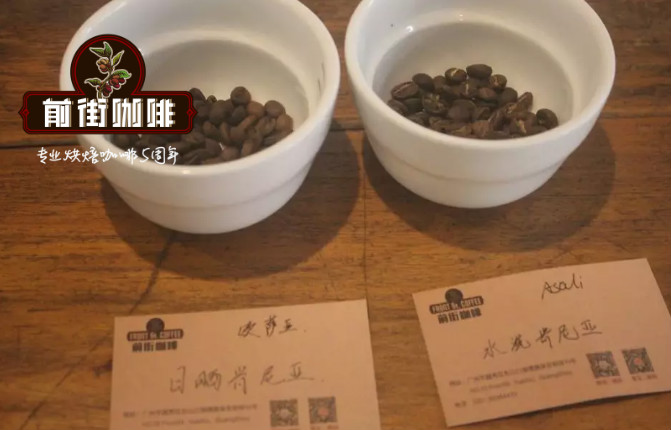
The varieties of both beans are SL28&SL34. These two varieties are both common varieties from Kenya.
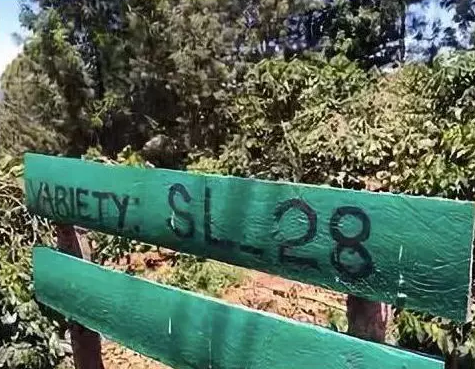
SL28, a bourbon line screened and cultivated by French and British missionaries and researchers in Kenya at the beginning of the 20th century, has a mixed pedigree of French missionaries, mocha and Yemeni iron pickup. High sweetness, exquisite balance, prominent citrus and black plum flavors, strong acidity, rich taste and beautiful balance are the unique flavor characteristics of Kenyan SL28 coffee.
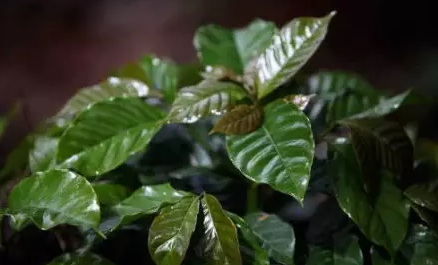
SL34 is similar to SL28 in flavor, with a heavier, fuller and cleaner finish than SL28, except for its complex acidity and great sweetness. SL34 has French missionaries, bourbon, and more Ironka lineage. Dou looks similar to SL28, but is more adaptable to sudden heavy rain.
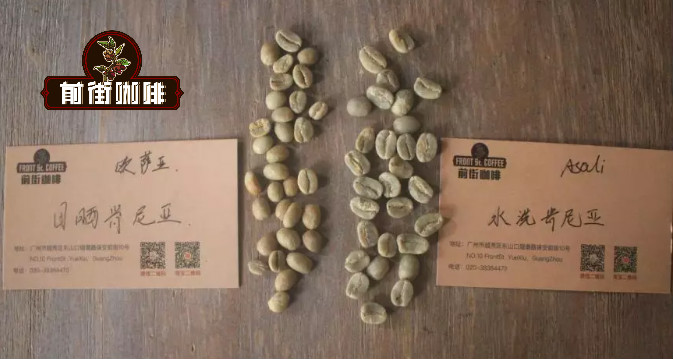
Although the varieties of the two beans are SL28&SL34, there is still a big difference in terms of raw beans.
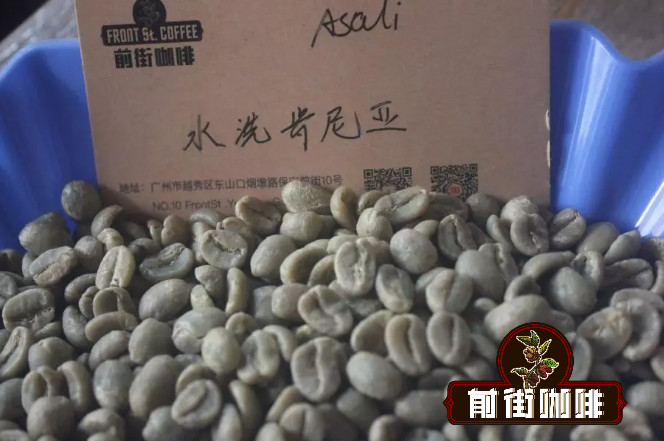
The raw beans washed in Kenya asali are blue-green, the silver skin on the surface of raw beans is less, and the particle size is more uniform and full.
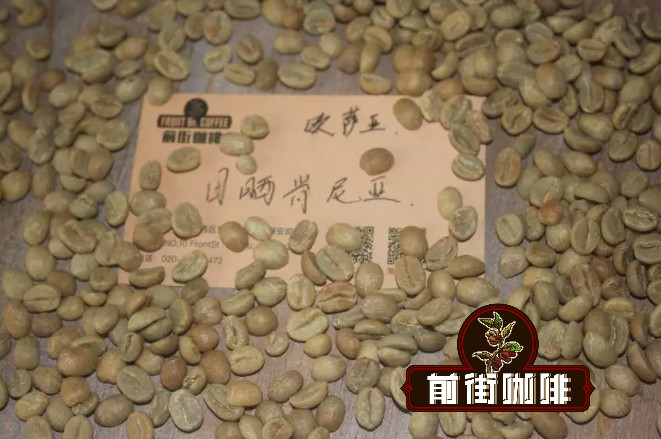
In the sun, the raw beans of Othaya in Kenya are yellowish green, and there are more silver skins on the surface of the raw beans, and the particles are obviously of different sizes and smell with obvious fermented aroma.
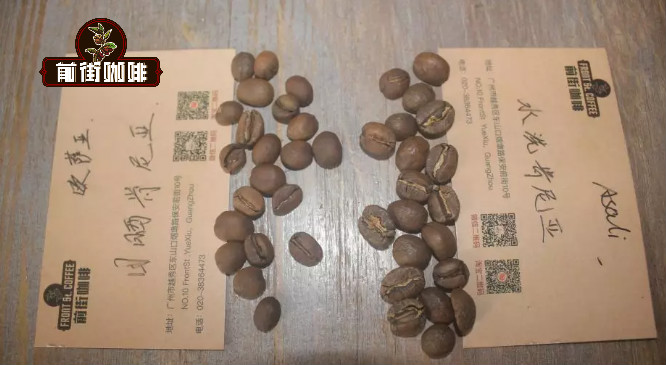
By the way, take a look at the cooked beans and observe the two beans, it is obvious that the cooked beans washed in Kenya asali have larger particles and retain more silver skins after baking, while the cooked beans in Othaya, Kenya have different sizes and less silver skins after baking.
Flavor comparison
| | Cup test |
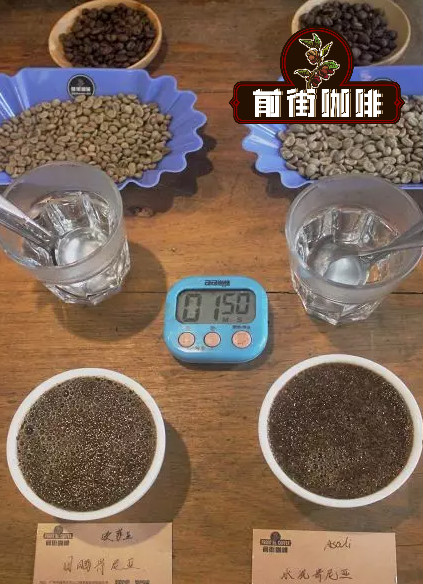
[washing Kenya-asali]
With pine aroma, black plum, lemon, grapefruit acid, yellow sugar sweet; the overall flavor is clean, fruit acid is bright and lively.
[basking in Kenya-Osaya]
Fermented wine with aromas of black berries, citrus, virgin, mango and purple grapes, as well as creamy and yellow sugar sweetness.
After the cup test, the editor thinks that it should be quite good for these two beans to be used to make ice hands, and it is quite suitable for a cup in such a hot summer. So each flushed a pot, the parameters and methods are basically the same!
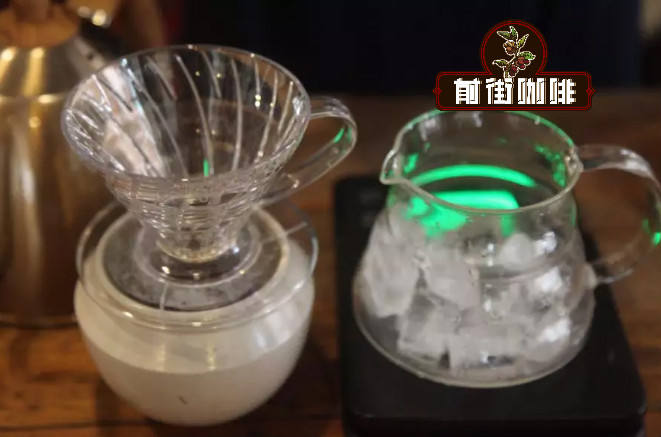
Parameters: 18g powder, water temperature 90 ℃, medium and fine grinding (BG 5m: 60% pass rate of Chinese standard No. 20 sieve), ratio of powder to water at 1:10 (excluding ice), add 100g ice to the sharing pot.
Steaming with water about twice the weight of powder, stop steaming and start water injection when the powder bed is wet and dry, the time is about 30 seconds, when the water is injected to 110 grams, the water level is about to be exposed, the water injection will continue to stop at about 180 grams, and the filter cup will be removed after all the water in the filter cup has been filtered.
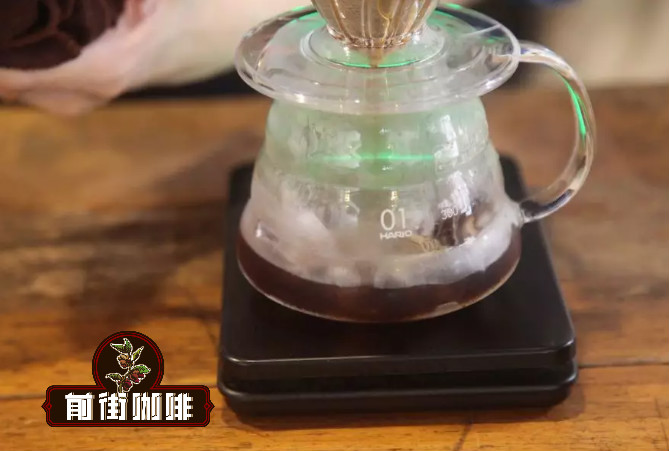
[washed Kenya-asali] A hint of jackfruit, floral and pine aromas, acidity of plum, lemon, citrus and virgin fruit on the palate, caramel finish and juicy finish.
[sunburn Kenya-Osaya] it smells full-bodied jackfruit and a hint of blackcurrant and fermented wine, with flavours of grape, virgin fruit, citrus and lemon, sweet brown sugar, and a long, sweet finish of fruit wine.
The flavor description varies from person to person, and will be affected by water temperature and cooking method. This cooking provides the same cooking apparatus and parameters, according to the description defined by the flavor wheel, the purpose is to provide reference.
Summary
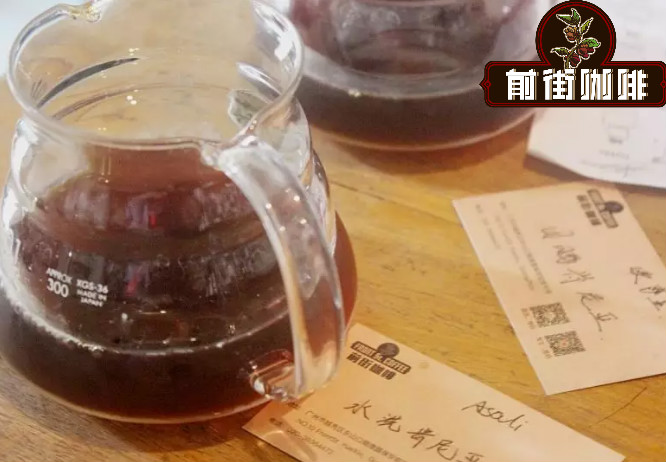
Comparing the two Kenyans with different treatments, the editor feels that both Kenyans have obvious raspberry acidity, but the acidity of [washed Kenya-asali] is bright and lively, with floral aroma and obvious pine fragrance, and the remaining rhyme is uric acid and grapefruit. [sunburn Kenya-Osaya] by contrast, it has more acidity, strong wine, solid taste and higher sweetness, with dark berries in finish and full and bright flavor.
Important Notice :
前街咖啡 FrontStreet Coffee has moved to new addredd:
FrontStreet Coffee Address: 315,Donghua East Road,GuangZhou
Tel:020 38364473
- Prev
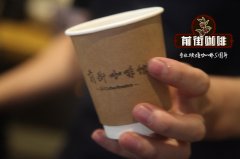
Palm Tree and Bird Manor Panama CCD Project Arthuis Manor slow sunbathing characteristics of Kaduai
Professional coffee knowledge exchange more coffee bean information please follow Coffee Workshop (Wechat official account cafe_style) Colombian Palm and Big Bird Manor [Community crop Program] St. Rosa Manor Rosa Farmer anaerobic controlled lactic acid fermentation sun drying treatment people believe that coffee was introduced to Colombia by Reverend Jeusuit in the 18th century, but it was not exported until the 19th century.
- Next
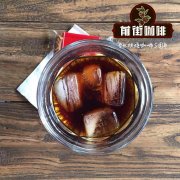
Colombia Coffee Anaerobic Controlled Lactic Acid Fermentation Palm Tree and Tucson Farm
Professional coffee knowledge exchange More coffee bean information Please pay attention to Coffee Workshop (Weixin Official Accounts cafe_style) Colombia Palm Tree and Bigmouth Bird Manor [Community Crop Program] Pleasure Manor West Celon Smallholder Anaerobic Control Lactic Acid Fermentation Treatment Colombia La Palma y El Tucan Neighbors Crops Ciceron Lopez Lomitas Finca Las Del
Related
- Detailed explanation of Jadeite planting Land in Panamanian Jadeite Manor introduction to the grading system of Jadeite competitive bidding, Red bid, Green bid and Rose Summer
- Story of Coffee planting in Brenka region of Costa Rica Stonehenge Manor anaerobic heavy honey treatment of flavor mouth
- What's on the barrel of Blue Mountain Coffee beans?
- Can American coffee also pull flowers? How to use hot American style to pull out a good-looking pattern?
- Can you make a cold extract with coffee beans? What is the right proportion for cold-extracted coffee formula?
- Indonesian PWN Gold Mandrine Coffee Origin Features Flavor How to Chong? Mandolin coffee is American.
- A brief introduction to the flavor characteristics of Brazilian yellow bourbon coffee beans
- What is the effect of different water quality on the flavor of cold-extracted coffee? What kind of water is best for brewing coffee?
- Why do you think of Rose Summer whenever you mention Panamanian coffee?
- Introduction to the characteristics of authentic blue mountain coffee bean producing areas? What is the CIB Coffee Authority in Jamaica?

